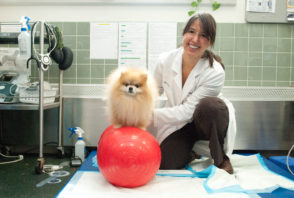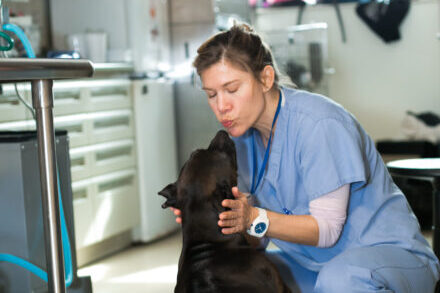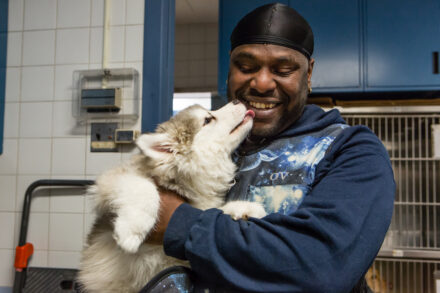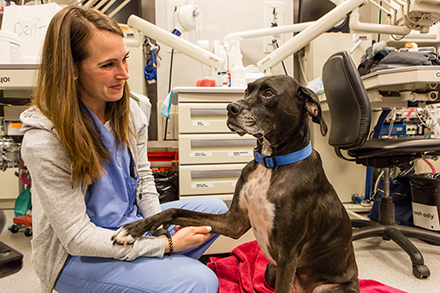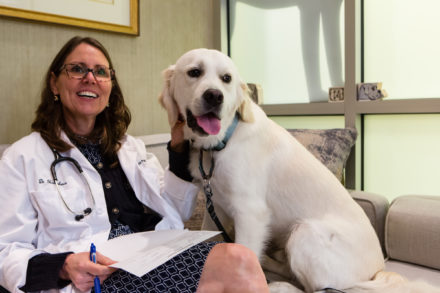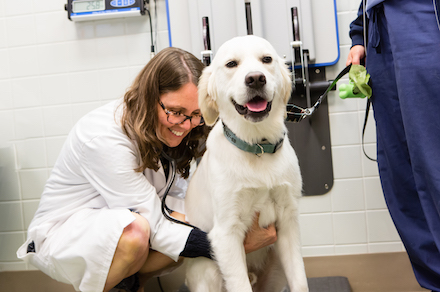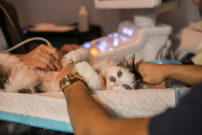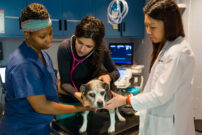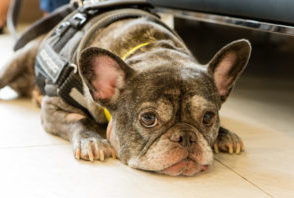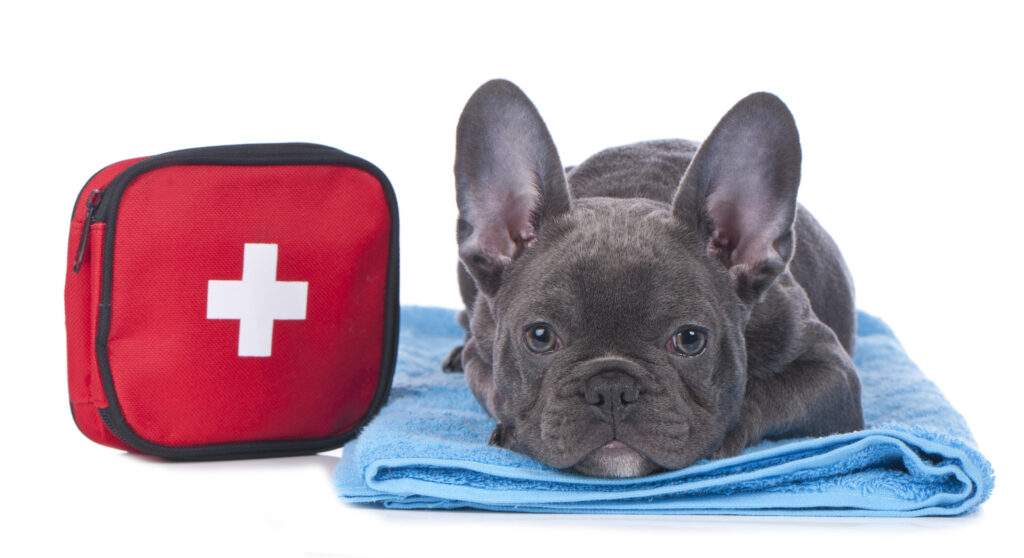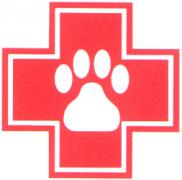How to Move a Sick or Injured Pet in an Emergency
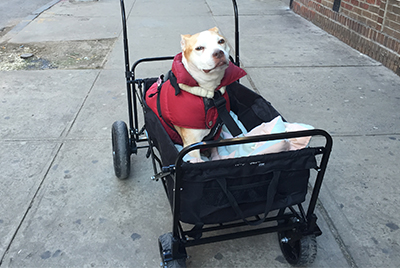
How to Move a Sick or Injured Pet in an Emergency
If your pet is ever injured and unable to walk, transporting them to your veterinarian’s office can be a challenge. Injured humans simply call the ambulance. But when your pet is injured, you become the EMT and the ambulance driver. In situations like this, some creativity will be required to quickly identify a transport mechanism. If you happen to be alone when your pet needs to be moved urgently, the situation is extra challenging. Here are some suggestions I hope you never have to use.
DIY Pet Stretchers
Towels, blankets, bedsheets and even your dog’s bed can double as a pet stretcher. If you have a large dog, two people holding on to the corners of the fabric will allow your dog to be lifted, carried and placed into a car for transport to the animal ER. Sturdy, flat items like boogie boards, a whiteboard or a piece of wood from the garage can also be repurposed into temporary stretchers for safely moving an injured animal.
Pet Strollers, Wagons and Other Improvised Transport
In New York City, many pets have their own stroller or wagon. These are very handy products if your pet is immobilized. But keep in mind you could just as easily use your child’s stroller or wagon as emergency pet transport. A shopping cart or wheelbarrow, lined with a blanket will also work.

Get a Wheeled Pet Stretcher, Especially If You Live Alone
If you live alone and have a large dog, it’s a worthwhile investment to purchase a dedicated dog stretcher. This stretcher has wheels on one end and is pulled from the other end, a bit like a roll-aboard suitcase. Some have straps to hold your dog in place, and others have a fabric enclosure that cocoons your dog while you wheel him to the veterinarian’s office. The wheeled pet stretcher is exceptionally useful if you live alone.
Keep Humans Safe During a Pet Emergency
Injured animals are more likely to bite or claw out of fear or pain, so take precautions when moving an injured pet. You don’t want to lose precious time tending to your own wounds while your pet needs emergency veterinary care. Don’t hesitate to use something like a necktie, scarf or knee-high sock wrapped tightly around your dog’s muzzle to prevent a bite injury. If you are trying to transport an injured cat, approach the cat from the rear, wrap the cat in a big thick towel or blanket to protect yourself from biting or scratching. Handle the injured animal as little as possible to prevent further injury to the pet or yourself.
If you would like to learn more about handling emergency situation in pets, AMC’s Usdan Institute for Animal Health Education is hosting a virtual event on April 13, 2022 – First Aid for Pets: How to Prepare for the Unexpected. This event is free, but registration is required.
